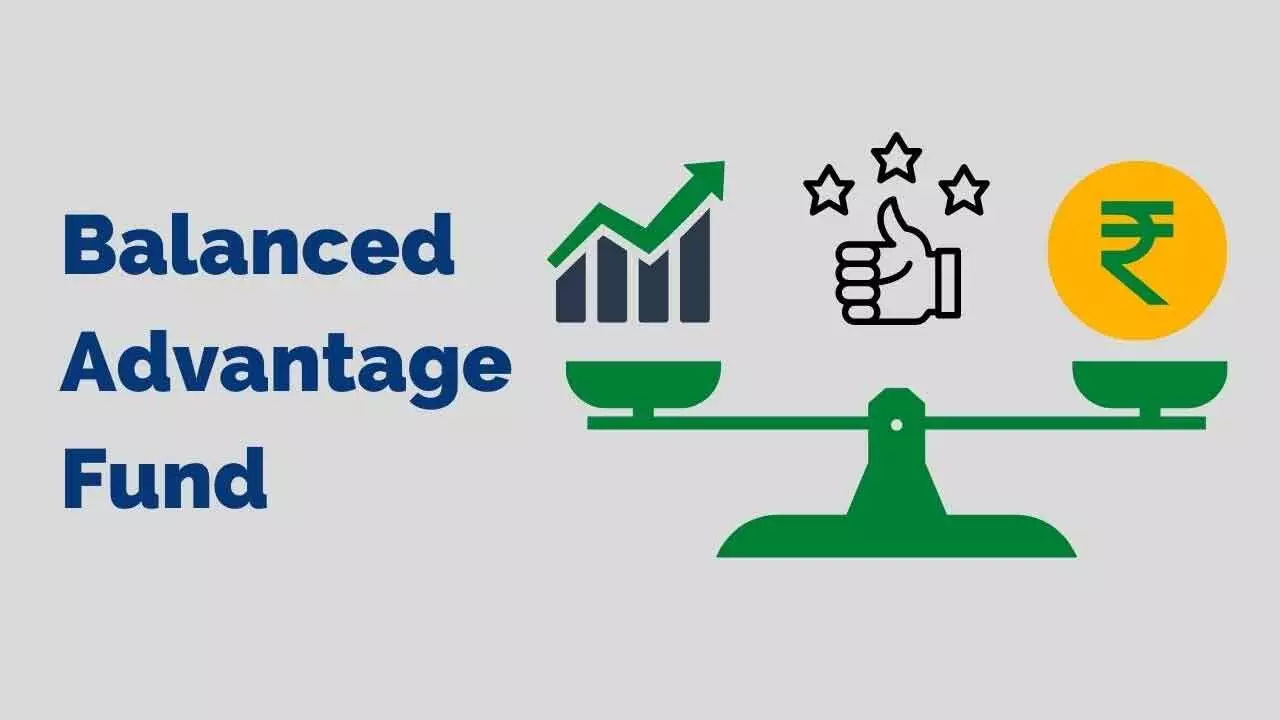Investors Can Bet On Balanced Advantage Funds In Volatile Mkt
The idea is to generate consistent return through the fixed income portion of the portfolio while the equity returns are dependent on the overall market conditions
Investors Can Bet On Balanced Advantage Funds In Volatile Mkt

The best way to interact with markets is to have an asset allocation that could take part of the equity rally while protecting the investment through debt exposure, something that could provide you the best of both the worlds so that you could ride out those tough times and live peacefully
We try to find a satisfying explanation, whether it’s the truth or not, for all events in life. Particularly, when we look at markets, we would like to know why the market went up or down on a particular day or period. We try to come with rationale that makes us believe and satiate our quest to comprehend the reasons. It’s in our human nature that gives us a sense of control and these instincts help us to act or react but, in most cases, we don’t really know why the market plummeted or when would such an event repeat.
While at this fact-finding mission, we tend to discount that volatility in markets is a feature and not a bug. Thus, predicting either of the events and timing it is an almost impossible and futile exercise. The best way to interact with markets is to have an asset allocation that could take part of the equity rally while protecting the investment through debt exposure, something that could provide you the best of both the worlds so that you could ride out those tough times and live peacefully.
Balanced Advantage Funds aka BAF are part of the dynamic asset allocation category of mutual funds (MF) that try to achieve this. These funds are designed in such a way that the equity remains over 65 per cent to take advantage of the equity taxation while the rest of the amount is usually parked in debt or -like instruments. Other than this, a part of the equity is hedged through use of derivatives (futures and options) making it reduce the overall equity (net) portion and risk lower in the portfolio. This way they respond relatively lower to the volatility of the broader market or pure-equity MFs.
Though on a plain sight, they all seem equal but they operate differently in arriving at the allocation mix. While most BAF use counter cyclical models i.e., decrease equity allocation and increase hedging or fixed income when equity valuations are high or vice versa, it’s not the only way. For instance, some funds might employ pro-cyclical allocation model where they aim to capture the upside during a bull-run while protecting the downside in a bear market. They add more equity in a bull market and vice versa in a bear phase. There could be use of factors like P/E (Price Earnings), P/B (Price to Book Value) and/or dividend yield, to arrive at their interpretation of market’s over or under-valuation and accordingly allocate equity in the portfolios.
The idea is to generate consistent return through the fixed income portion of the portfolio while the equity returns are dependent on the overall market conditions. Overall, they try to bring down the risk while generating returns. These funds are a shade different from the pure balanced funds where the mix is of only debt and equity with no hedge. In volatile markets with higher equity valuations, the fence sitters are better off investing in these funds. In the event of any fall, the hedge would contain the loss while following the uptrend. Of course, the hedge would counter part of the volatility but it doesn’t completely provide immunity against the market gyrations.
Also, for higher risk averse investors, the debt-hybrid or conservative hybrid funds could offer solution. In these funds, the minimum debt exposure is 65 per cent of the portfolio which makes them ideal in reducing the risk and volatility in the portfolio, however, the tax treatment is at par with debt instruments.
These funds could play as a counter to the prevailing market situation and act as a contrarian approach. As the valuations have remained steep and with unpredictable external events, the equity markets could experience further volatility. An exposure to such funds could act as a good counterbalance in an equity-biased portfolio or where equity exposure is higher. It’s hence, beneficial for investors to spread their investments across these funds than just exploring the pure equity or debt funds in their portfolio to enjoy better risk adjusted return.
(The author is a co-founder of “Wealocity”, a wealth management firm and could be reached at [email protected])

